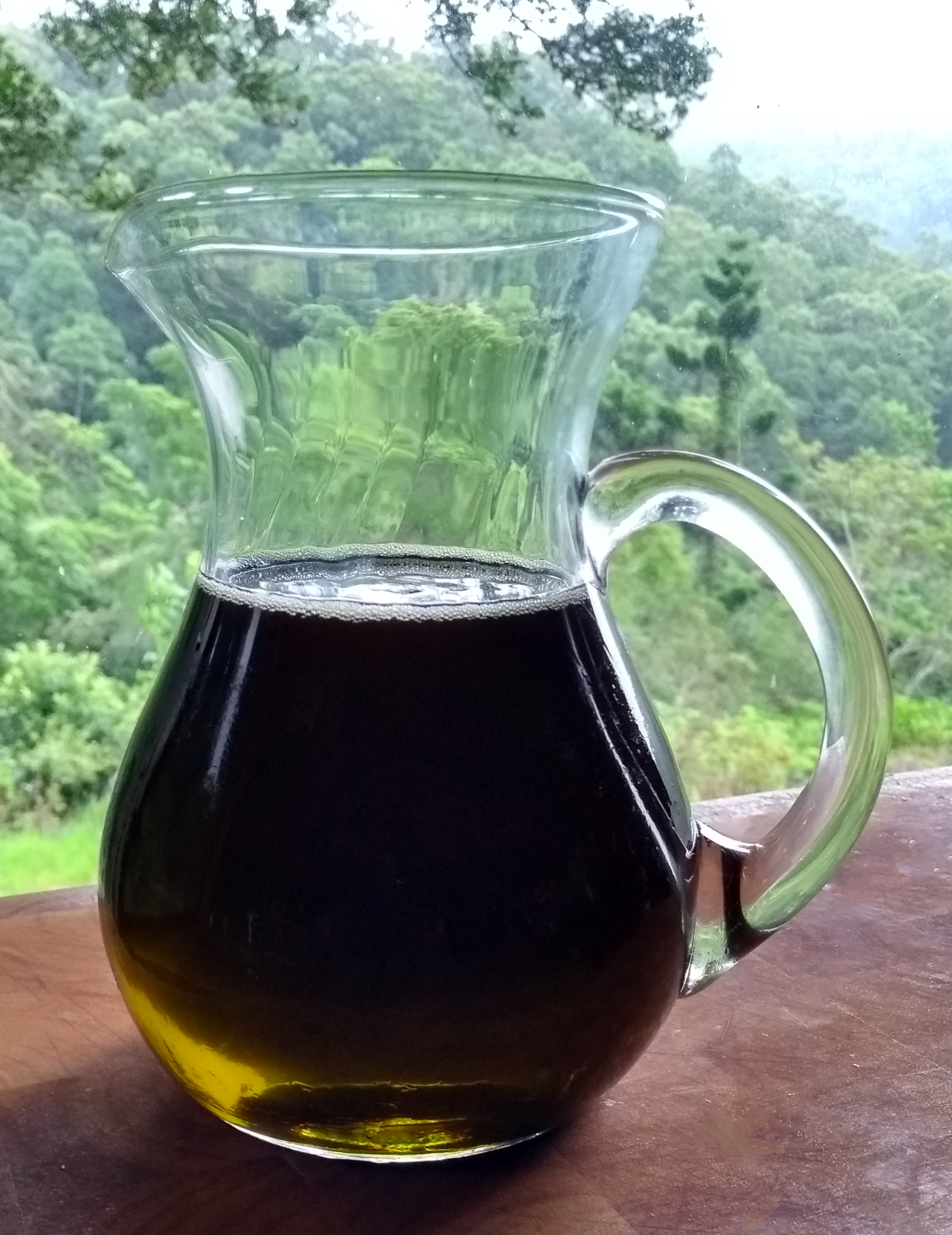|
Oil Paint
Oil paint is a type of slow-drying paint that consists of particles of pigment suspended in a drying oil, commonly linseed oil. The viscosity of the paint may be modified by the addition of a solvent such as turpentine or white spirit, and varnish may be added to increase the glossiness of the dried oil paint film. The addition of oil or alkyd medium can also be used to modify the viscosity and drying time of oil paint. Oil paints were first used in Asia as early as the 7th century AD and can be seen in examples of Buddhist paintings in Afghanistan. Oil-based paints made their way to Europe by the 12th century and were used for simple decoration, but oil painting did not begin to be adopted as an artistic medium there until the early 15th century. Common modern applications of oil paint are in finishing and protection of wood in buildings and exposed metal structures such as ships and bridges. Its hard-wearing properties and luminous colors make it desirable for both interior ... [...More Info...] [...Related Items...] OR: [Wikipedia] [Google] [Baidu] |
Bamiyan Valley
Bamyan or Bamyan Valley (); ( prs, بامیان) also spelled Bamiyan or Bamian is the capital of Bamyan Province in central Afghanistan. Its population of approximately 70,000 people makes it the largest city in Hazarajat. Bamyan is at an altitude of about above sea level. The Bamyan Airport is located in the middle of the city. The driving distance between Bamyan and Kabul in the southeast is approximately . The Band-e-Amir National Park is to the west, about a half-hour drive from the city of Bamyan. Bamyan is referred to by some as the "Shining Light" and "Valley of Gods". There are several tourist attractions near the city, including the Buddhas of Bamyan, which were carved into cliffs on the north side of Bamyan city in the 6th and 7th century CE, dating them to the Hephthalite rule. Other attractions close to the city include Shahr-e Gholghola and Zuhak. In 2008, Bamyan was found to be the home of the world's oldest oil paintings. At the end of the 10th century, there ... [...More Info...] [...Related Items...] OR: [Wikipedia] [Google] [Baidu] |
Castor Oil
Castor oil is a vegetable oil pressed from castor beans. It is a colourless or pale yellow liquid with a distinct taste and odor. Its boiling point is and its density is 0.961 g/cm3. It includes a mixture of triglycerides in which about 90% of fatty acids are ricinoleates. Oleic acid and linoleic acid are the other significant components. Castor oil and its derivatives are used in the manufacturing of soaps, lubricants, hydraulic and brake fluids, paints, dyes, coatings, inks, cold-resistant plastics, waxes and polishes, nylon, and perfumes. Etymology The name probably comes from a confusion between the ''Ricinus'' plant that produces it and another plant, the ''Vitex agnus-castus''. An alternative etymology, though, suggests that it was used as a replacement for castoreum. Composition Castor oil is well known as a source of ricinoleic acid, a monounsaturated, 18-carbon fatty acid. Among fatty acids, ricinoleic acid is unusual in that it has a hydroxyl functional gro ... [...More Info...] [...Related Items...] OR: [Wikipedia] [Google] [Baidu] |
Pine Nut Oil
Pine nut oil, also called ''pine seed oil'' or ''cedar nut oil'', is a vegetable oil, extracted from the Pine nut, edible seeds of several species of pine. While the oil produced from the seeds of more common European and American pine varieties is mostly used for culinary purposes, Siberian pines (growing in Russia, Mongolia and Kazakhstan), as well as Korean pines (growing mostly in China and North Korea) yield the seeds with the highest content of pinolenic acid, as well as antioxidants associated with medicinal uses. Culinary uses Pine nut oil has a relatively low smoke point, and is therefore not generally used during cooking. Rather, it is added to foods for "finishing", to add flavor. Pine nut oil is also a useful bread preservative when a small amount is added to the dough. Triglyceride composition One analysis of the triglyceride composition of Siberian pine nut oil showed the following composition: See also * Phytonutrients * Phytochemicals References {{F ... [...More Info...] [...Related Items...] OR: [Wikipedia] [Google] [Baidu] |
Hemp Oil
Hemp oil (hemp seed oil) is oil obtained by pressing hemp seeds. Cold pressed, unrefined hemp oil is dark to clear light green in color, with a nutty flavor. The darker the color, the grassier the flavour. It should not be confused with hash oil, a tetrahydrocannabinol-containing oil made from the ''Cannabis'' flower. Description Refined hemp seed oil is clear and colorless, with little flavor. It is primarily used in body care products. Industrial hemp seed oil is used in lubricants, paints, inks, fuel, and plastics. Hemp seed oil is used in the production of soaps, shampoos and detergents. The oil has a 3:1 ratio of omega-6 to omega-3 essential fatty acids. It may also be used as a feedstock for the large-scale production of biodiesel. Manufacture Hemp seed oil is manufactured from varieties of ''Cannabis sativa'' that do not contain significant amounts of tetrahydrocannabinol (THC), the principal psychoactive element present in the cannabis plant. This manufacturing proce ... [...More Info...] [...Related Items...] OR: [Wikipedia] [Google] [Baidu] |



